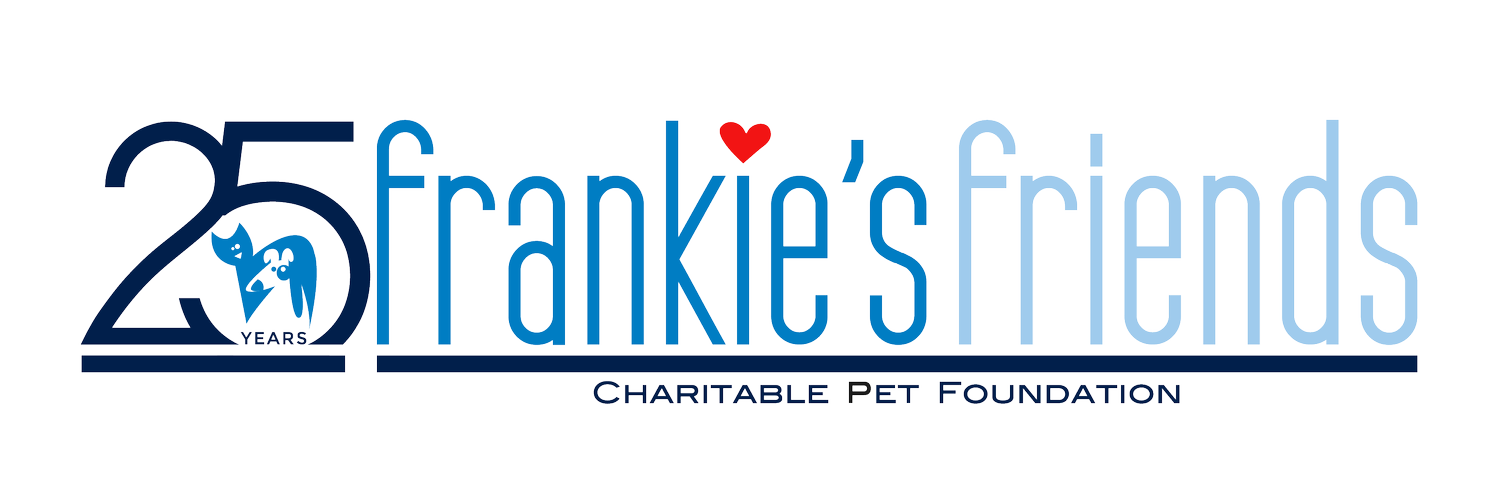Pollio: Effects of Yunnan Baiyao alone or combined with polysaccharopeptide on dogs with stage II splenic hemangiosarcoma
Summary
Canine hemangiosarcoma (HSA) is a highly aggressive cancer in older, large-breed dogs. The spleen is the most commonly affected site and dogs often present to their veterinarian with clinical signs of internal bleeding from tumor rupture. The survival time for dogs with splenic HSA and surgery is approximately 1-3 months. The addition of chemotherapy with the agent doxorubicin increases survival time to 6-9 months. Many pets are euthanized after disease spread or recurrent bleeding episodes occur. Due to the cost of and limited availability of doxorubicin for some owners, alternative treatment options are being explored. A study evaluating a mushroom extract containing polysaccharopeptide (PSP) showed delayed progression of HSA in a small group of dogs.
Yunnan Baiyao (YNB) is an herbal formulation used in Traditional Chinese Medicine for its hemostatic, anti-inflammatory, and wound healing properties. Yunnan Baiyao is used by veterinarians for canine HSA either alone or with chemotherapy and is anecdotally reported to prolong survival times. A recent lab study demonstrated that a solution containing Yunnan Baiyao led to cell death when applied to three types of canine HSA cells. Yunnan Baiyao has been used as a hemostatic agent to help control both internal and external bleeding in dogs. No formal studies have evaluated the effects of Yunnan Baiyao in dogs with hemangiosarcoma.
Objectives
The objectives of this study are to assess the effects of Yunnan Baiyao as a single agent or combined with a polysaccharopeptide on disease control and survival time in dogs with stage II splenic HSA. The investigator hypothesizes that administration of Yunnan Bayiao will prolong the period of time until disease recurrence and increase survival time both in groups of dogs. The aim of this study is to provide dogs with splenic hemangiosarcoma a longer disease-free period and reduce bleeding complications from tumor rupture.
